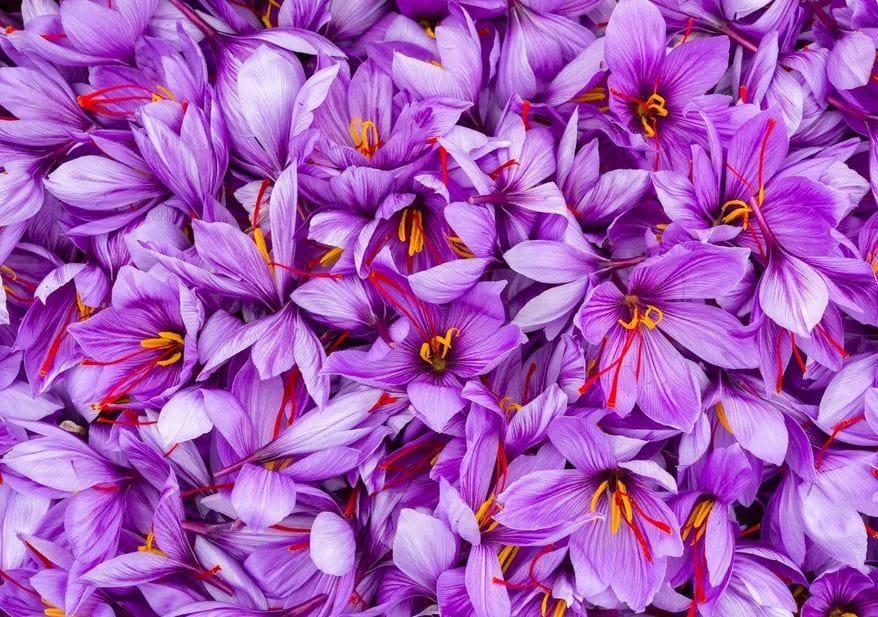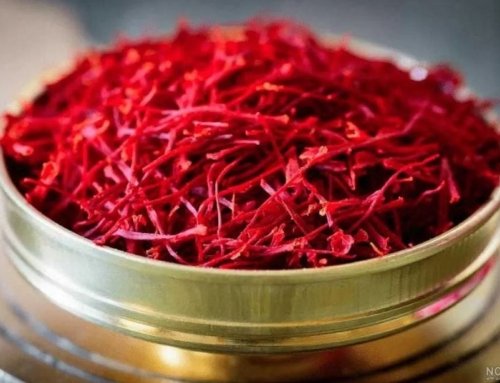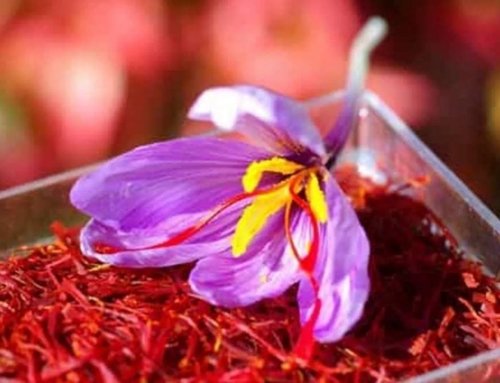 The Best Time to Water Saffron
The Best Time to Water Saffron
Watering Saffron Plants :Watering saffron is a crucial factor in the growth and development of this valuable plant. Saffron requires regular and proper irrigation to thrive. Continue reading to discover the ideal timing and techniques for watering your saffron crops.
Key Factors Before Watering
Water Requirements
Saffron has moderate water needs. Dry soil during critical periods, like leaf growth and flower production, can negatively impact its growth. Generally, saffron requires about 400-600 mm of rainfall during the growing season.
When Should You Water Saffron?
Watering Saffron Plants :Saffron has the highest water demand during its growth and multiplication phases. Watering during these periods should be regular and sufficient. Typically, saffron is watered in spring (early to mid-season) and summer, between April and September in the Northern Hemisphere.
Watering Methods
Watering Saffron Plants :Various methods can be employed for saffron irrigation, including drip irrigation, pressure irrigation, and traditional sprinkler systems. Each method has its advantages and limitations and should be chosen based on local conditions and available water resources.
Irrigation Intervals
The interval between watering sessions depends on the local soil and water conditions. During active plant growth, saffron usually needs watering weekly to bi-weekly. In drier periods, additional watering may be required.
Water Temperature
It is essential to water saffron with water at a temperature close to the surrounding soil temperature. Avoid using significantly colder or warmer water to prevent stress to the plants.
Detailed Watering Stages
Stage 1: Basal Watering
Watering Saffron Plants :This initial watering stage awakens the plant. In cold regions, it is done in early October, while in warmer climates, it takes place later in October. Avoid watering saffron in August. This stage should involve deep irrigation to reach up to 40 cm depth, ensuring the long interval until the next watering is covered.
Stage 2: Supplemental Watering
If rainfall is insufficient, additional watering helps reduce stress on the roots. Conduct this in late November, about 14 days after harvesting saffron flowers.
Stage 3: Weed Control Watering
This stage, conducted in early March, aids in easy removal of weeds and improves soil conditions. Take care to avoid freezing the soil during this period.
Stage 4: Light Yellow Watering
This final stage occurs mid-April as the saffron leaves turn yellow. Avoid overwatering during this phase; a light application is sufficient.
Watering Saffron in Pots
If your potted saffron does not receive direct rainwater, water the plants once a month. Place the pots outdoors to allow exposure to natural sunlight for 3-4 hours daily and access to rainfall.
Final Thoughts
Proper saffron irrigation is as important as its fertilization. If you have questions about saffron fertilizers, refer to our guide titled “What Is the Best Fertilizer for Saffron?” to gain comprehensive insights.


![Exporting Saffron to Turkey + Price Guide [Complete 0 to 100]](https://www.rowhanisaffron.com/wp-content/uploads/f1-372-500x383.jpg)




Get Social